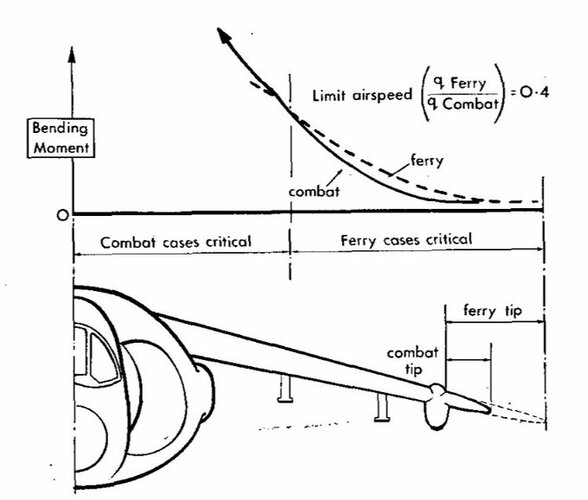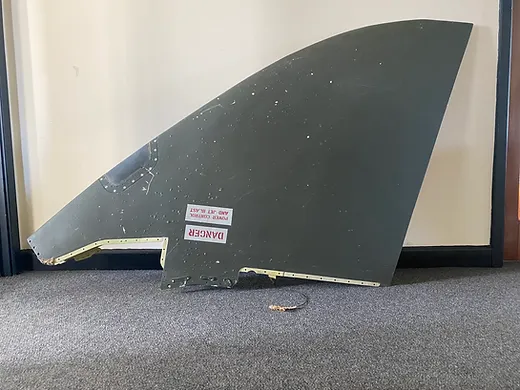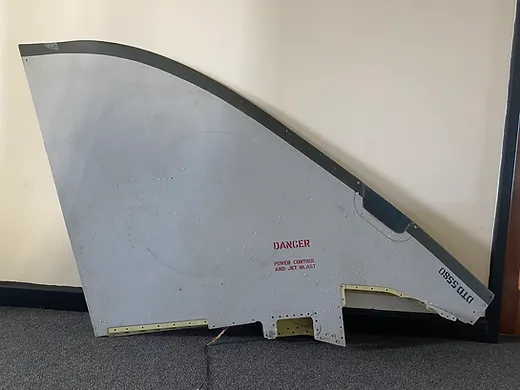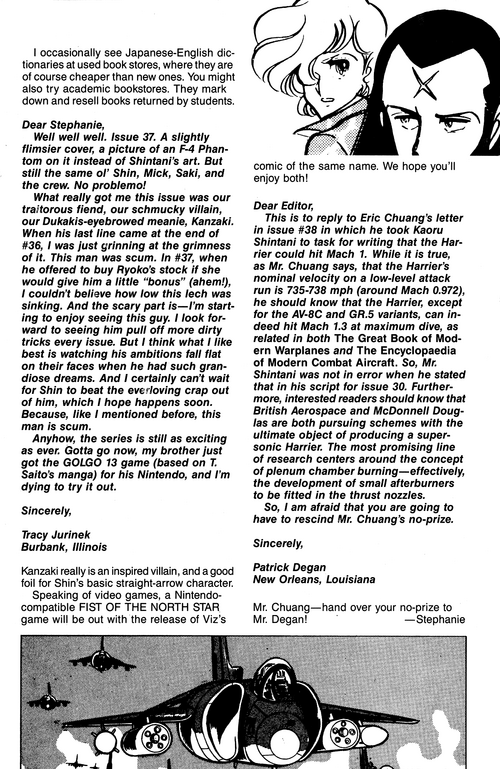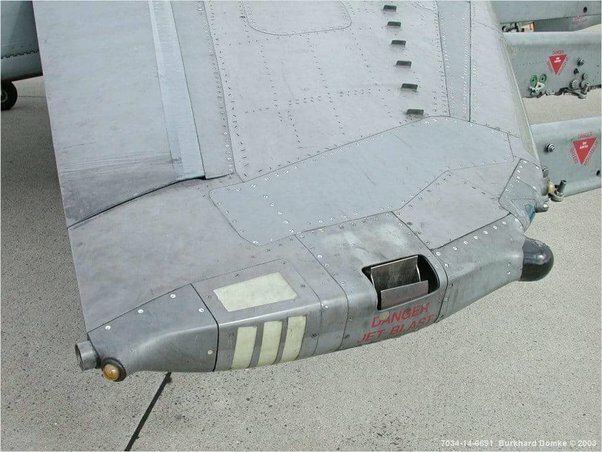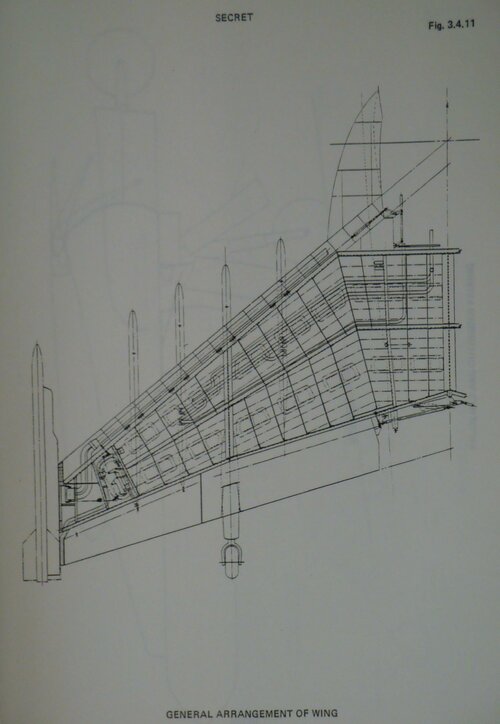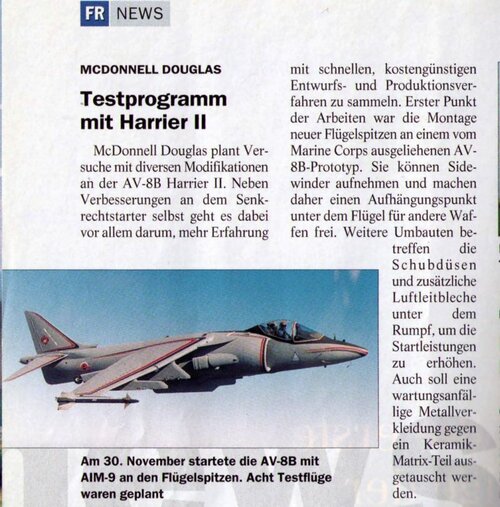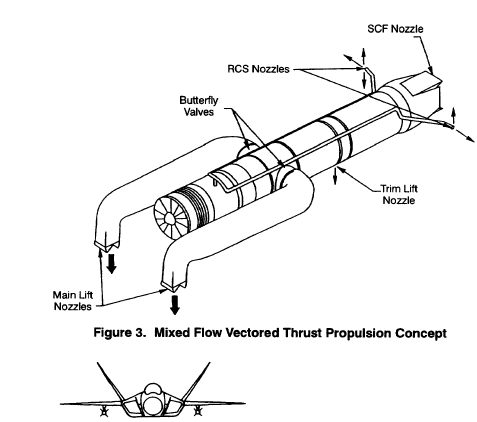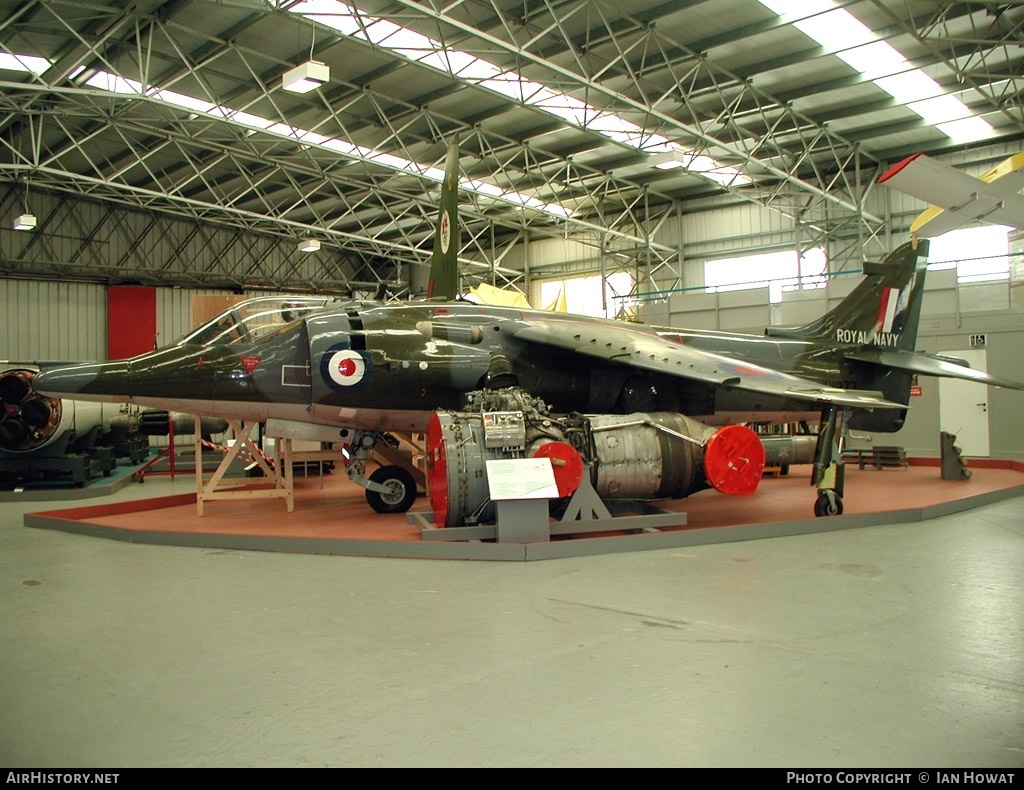Scott Kenny
ACCESS: Above Top Secret
- Joined
- 15 May 2023
- Messages
- 8,603
- Reaction score
- 9,326
Wish those had been more standard, but I suspect they didn't have a combat maneuvering G load.I've discovered in Air Enthusiast of May 1972 that the Harrier T.52 G-VTOL could be modified with extended "big-wing" tips of 27 inch for ferry flights.
View attachment 722503

